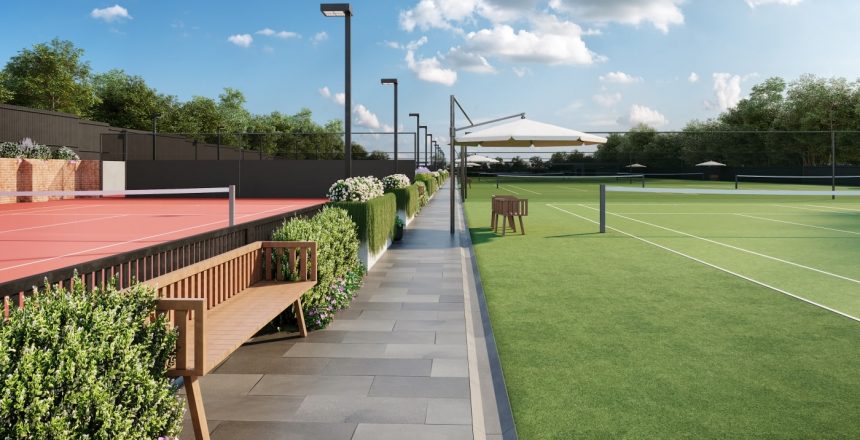3D Architectural Animation
As a kid, I’ve always wondered if there was another person behind the TV making cartoons move. I was even more amazed when I saw Toy Story in the cinema. I’ve long since learned, although heartbreakingly, that nobody can fit in that small space and there’s no magic involved in animation.
3D animation is the process of creating moving illustrations in a 3D environment. By manipulating 3D models, picture sequences are created to give the illusion of the character or object moving. It’s tricking the eyes to believe that movement is taking place even though in reality, it’s just a number of consecutive images passing through very quickly.
Creating 3D animations is not as easy as it looks. It’s a painstaking process and even with big animation companies like Pixar, it still takes time to achieve the results we see on the screen. Today’s technology even made it more amazing with more realistic-looking animations and with so much details, you won’t even believe that it’s not the real thing!
3D Animation Rendering Process Explained
To give you an idea of the amount of work involved in creating 3D animations, below are the steps involved in the process:
1. Storyboard
Just like 3D rendering in architecture, animation requires a conceptualisation of the objects and characters, and a storyline that they’ll work on. These ideas are transformed into visual form through a storyboard. This is where illustrations are placed in sequence to tell what the story is about and how the artists will tie together visual effects and image transitions, and how the musical soundtrack and voice overs will affect the mood of the story overall and how it will impact the audience.
2. 3D Modelling
After finalising the storyboard and getting the client’s approval, 3D modelling commences. This is the stage where the props, characters, and story environment are developed from a blob that the artist moulds into a shape and further refines to achieve the object they want.
3. Texturing
Basically put, texturing is the process of ‘dressing up’ your 3D models. This is where the colours, textures and designs are added to the object. It can be a pre-set colour or texture from the software you’re using, but there are also artists who use photographs to capture the texture they want to achieve. They turn this into repeatable patterns and brushed onto the object, and then refined to make it look seamless and detailed.
4. Rigging and Skinning
Bringing the character into life is made possible in the rigging and skinning stage of 3D animation. This is where a controllable skeleton is set up or ‘rigged’ to show movement of the character. Skinning is where the 3D model or skin is attached to the skeleton, so that the movements can be manipulated by the rig controls.
5. Animation
This is the fun part. This is the process where you take the 3D object and make it move. There are many ways to do this, one of which is the keyframe animation where the object is manipulated from frame to frame, just like the good ol’ cartooning days. Newest technology requires objects placed on splines and making them follow a curve path, or a more complicated process of getting motion capture data and then applying it to your character rig to make it move.
6. Cameras and lighting
Lighting can make or break your 3D animation project. Use the correct lighting and you can make your animation look more alive convincing. Otherwise, it will make your objects appear flat and can sometimes even wash out the scene, giving it a dull appearance.
The camera, on the other hand, poses no physical limitations so you can create any scene the way you want them to. You can create different perspectives that are impossible, and zoom and pan to capture even the smallest and microscopic objects, which you can’t do in real life.
7. Rendering
Rendering and adding visual effects are the last processes in 3D animation. Most newbies overlook this process as they focus more on creating their 3D models and making them move. In reality, this is the most important step as camera placement, textures and lighting, will affect the overall look of your project.
Software Used in 3D animation
The software choices for 3D animation can be overwhelming especially if you haven’t found your forte yet. If you’ve just started exploring and want to focus and master just one for now, below are the Top 3 most used rendering software in the industry:
1. Cinema 4D
Cinema 4D is one of the easiest to use software and the tools are intuitive for faster character animation. One good example is using your mouse movement and recording it as position data for your character. Repetitive movements are also easier to animate as you can create cyclical movements with its parametric tool.
One of its best features as well is its real-time viewport, allowing you to see the changes immediately after tweaking your texture and lighting settings. You can also export preview renders and submit them to your clients for pre-approval.
2. Maya
Almost all 3D animators know and love Maya because of its ease of use and customisable UI. This software is well-known in the industry and used in blockbuster films like Transformers and Harry Potter. Unlike other software, Maya allows complex setup changes with just a few keystroke. Artists can also easily combine their 3D rendered elements with film sequence motion data, with the software’s CG compositing program.
3. Motion Builder
Motion Builder is Autodesk’s professional 3D animation software and is popular amongst animators and game developers. It combines motion capture, keyframe animation, and virtual production, making it your one-stop shop for your animation needs.
With Motionbuilder, you can cut and stitch movements and create a smooth flowing transition between files. And what makes it more handy is the process is non-destructive, so you can use the original file over and over again.

